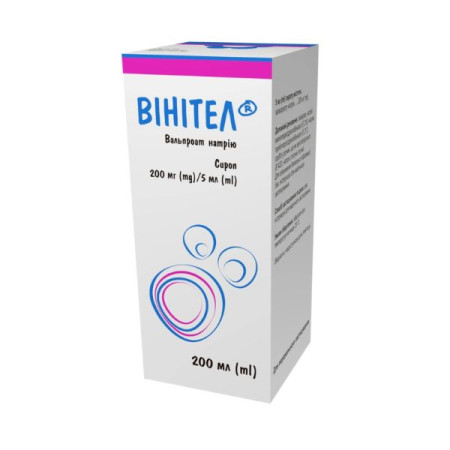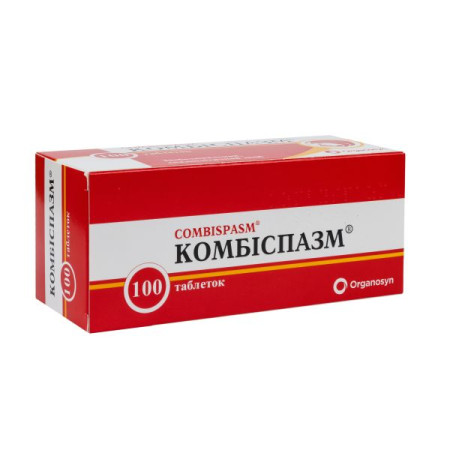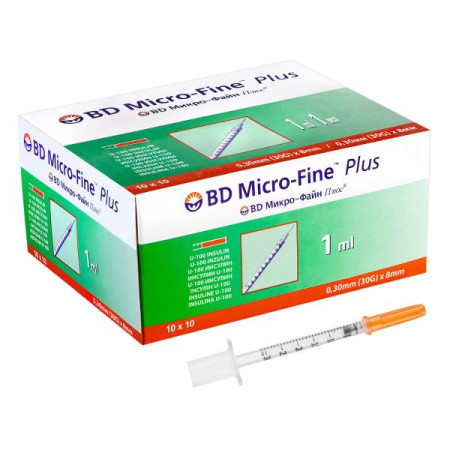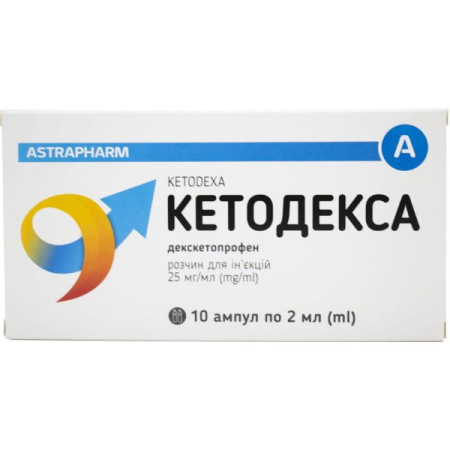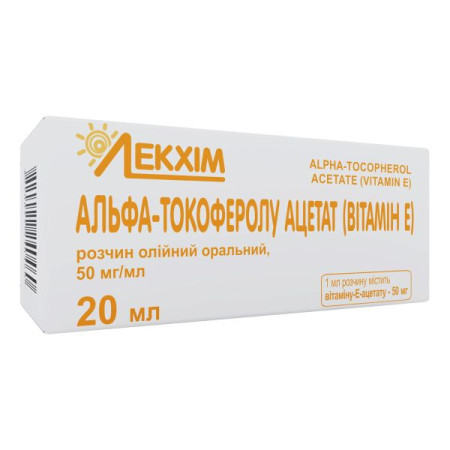Spazmolix tablets No. 20

Instructions Spazmolix tablets No. 20
Composition
active ingredients: metamizole sodium salt (analgin), pitophenone hydrochloride, fenpiverinium bromide;
1 tablet contains: metamizole sodium salt (analgin) - 500 mg, pitofenone hydrochloride - 5.0 mg, fenpiverinium bromide - 0.1 mg;
excipients: potato starch, calcium stearate.
Dosage form
Pills.
main physicochemical properties: tablets of white or white with a yellowish tint, with a flat surface, a score and a bevel.
Pharmacotherapeutic group
Antispasmodics in combination with analgesics. Synthetic anticholinergics in combination with analgesics. Pitofenone and analgesics.
ATX code A03D A02.
Pharmacological properties
Pharmacodynamics.
Spazmolix combines analgesic, spasmolytic (papaverine-like), anticholinergic (atropine-like) and some anti-inflammatory activity.
Metamizole has a pronounced analgesic and antipyretic effect in combination with less pronounced anti-inflammatory and antispasmodic activity. Its effects are the result of inhibition of the synthesis of prostaglandins and endogenous algogens, an increase in the threshold of excitability in the thalamus and the conduction of pain extero- and interoceptive impulses in the central nervous system (CNS), it also affects the hypothalamus and the formation of endogenous pyrogens.
Fenpiverinium has a moderate ganglioblocking and parasympathetic effect, reduces the tone and motility of the smooth muscles of the stomach, intestines, biliary and urinary tracts.
Pitofenone has a papaverine-like effect on vascular and extravascular smooth muscle with a pronounced antispasmodic character.
Pharmacokinetics.
Metamizole is characterized by rapid and complete resorption. After 30 minutes after internal administration, amounts of 5% of the maximum serum concentration are detected in the serum. It is partially bound to plasma proteins. It undergoes intensive biotransformation in the body. At the same time, its main metabolites are pharmacologically active. It is eliminated in the urine in the form of metabolites. Only 3% of the amount excreted is unchanged metamizole. The degree of biotransformation is also influenced by the genetically determined type of acetylation. Individual components are excreted in breast milk.
Indication
Symptomatic treatment of mild to moderate pain syndrome in spasms of smooth muscles of internal organs:
- renal colic and inflammatory diseases of the urinary tract, which are accompanied by pain and dysuric disorders;
- stomach and intestinal spasms, hepatic colic, biliary dyskinesia;
- spastic dysmenorrhea.
Contraindication
Hypersensitivity to metamizole, pyrazolone derivatives, other nonsteroidal anti-inflammatory drugs (NSAIDs), or any component of the drug. Gastrointestinal obstruction and megacolon; atony of the gallbladder or bladder; severe renal and hepatic dysfunction; changes in the composition of peripheral blood (agranulocytosis, leukopenia, aplastic anemia); blood diseases (anemia of any etiology, cytostatic or infectious neutropenia); glucose-6-phosphate dehydrogenase deficiency; hepatic porphyria; angle-closure glaucoma; suspected acute surgical pathology; bronchial asthma; hypotonic states (including collaptoid states) and hemodynamic instability; tachyarrhythmia; prostatic hypertrophy with a tendency to urinary retention.
Interaction with other medicinal products and other types of interactions
Metamizole increases plasma concentrations of chloroquine, reduces plasma concentrations and effects of coumarin anticoagulants and cyclosporine.
Increases the hematotoxic effect of myelotoxic drugs, chloramphenicol.
The risk of hypersensitivity reactions and adverse reactions is increased when used simultaneously with NSAIDs.
Metamizole enhances the sedative effect of ethanol, simultaneous use with chlorpromazine or other phenothiazine derivatives can lead to the development of severe hypothermia. Should not be used with radiocontrast agents, colloidal blood substitutes and penicillin. Metamizole increases the activity of oral hypoglycemic drugs, sulfonamide drugs, indirect anticoagulants, glucocorticosteroids, phenytoin, ibuprofen and indomethacin by displacing them from protein binding. Sarcolysin, mercazolil (thiamazole), drugs that suppress bone marrow activity, including gold preparations, increase the likelihood of hematotoxicity, including the development of leukopenia.
Neuroleptics, sedatives and tranquilizers enhance the analgesic effect of metamizole.
Tempidone and tricyclic antidepressants, oral contraceptives, allopurinol disrupt the metabolism of metamizole and increase its toxicity.
Barbiturates, phenylbutazone, glutethimide and other inducers of liver microsomal enzymes may reduce the effect of metamizole.
The simultaneous use of Spazmolix with other analgesics and nonsteroidal anti-inflammatory drugs increases the risk of developing toxic effects.
Combining Spazmolix with other medications requires special caution, given the content of metamizole, which is an enzyme inducer.
Spazmolix can be combined with M-cholinolytics, quinidine and codeine, as it exhibits synergism with them.
The pyrazolone class of derivatives is known to interact with captopril, lithium, methotrexate, and triamterene, and to alter the efficacy of antihypertensives and diuretics. The extent to which these properties are expressed in metamizole is unknown.
Histamine H2 receptor antagonists and caffeine, when used simultaneously, enhance the effect of metamizole sodium.
Application features
Before starting treatment with the drug, you should consult a doctor. You should not use the drug for longer than the prescribed period without consulting a doctor.
Do not exceed the recommended doses of the drug.
Do not use the drug to relieve acute abdominal pain (until the cause is determined).
The drug is used with caution:
– in case of impaired kidney and/or liver function;
– for stomach diseases (achalasia, gastroesophageal reflux, pyloric stenosis);
– inflammatory bowel diseases (including non-specific ulcerative colitis and Crohn's disease);
– with a tendency to arterial hypotension and orthostatic reactions;
– for chronic bronchitis and bronchospasm (Spasmolix increases the viscosity of bronchial secretions);
– in the presence of hyperthyroidism;
– with cardiac rhythm disturbances, ischemic heart disease (especially with acute myocardial infarction), chronic congestive heart failure;
– if there is evidence of hypersensitivity to nonsteroidal anti-inflammatory drugs, non-narcotic analgesics or other manifestations of allergy (allergic rhinitis);
– with simultaneous use of cytostatic drugs (only under the supervision of a doctor), elderly patients (may lead to an increase in the frequency of adverse reactions, especially from the digestive system).
When using Spazmolix beyond the recommended 3-day period, it is necessary to check and monitor the condition of peripheral blood (leukocyte formula) and liver function.
The appearance or worsening of existing headaches is possible after long-term analgesic treatment (> 3 months) when using analgesics every other day or more often.
Headache caused by excessive use of analgesics should not be treated by increasing the dose. In such cases, analgesic treatment should be discontinued after consultation with a doctor.
Spazmolix contains the active substance metamizole. Metamizole can cause agranulocytosis and thrombocytopenia. The development of agranulocytosis is not dose-dependent and cannot be predicted: it can occur after the first dose or after repeated use. Typical signs of agranulocytosis are fever, sore throat, painful swallowing, inflammation of the mucous membranes of the mouth, nose, pharynx, anorectal and genital areas. In case of sudden deterioration of the general condition and the appearance of signs of agranulocytosis, treatment with metamizole should be stopped and a complete blood count should be performed.
Since metamizole has anti-inflammatory and analgesic properties, it can mask signs of infection, symptoms of non-infectious diseases and complications with pain syndrome, which can complicate their diagnosis.
The drug may affect the psychophysical state of patients when used simultaneously with alcohol and drugs that depress the CNS.
It is not recommended to use other medicines containing metamizole simultaneously with Spazmolix.
Metabolites of metamizole sodium can change the color of urine to red, which is of no clinical significance.
If the signs of the disease do not disappear or, on the contrary, the state of health worsens, or undesirable phenomena appear, it is necessary to stop taking the drug and consult a doctor regarding further use.
Use during pregnancy or breastfeeding
Do not use during pregnancy or breastfeeding.
Ability to influence reaction speed when driving vehicles or other mechanisms
The drug should be used with caution by drivers and persons working with complex mechanisms. With prolonged use of the drug, its anticholinergic effect may lead to dizziness or accommodation disorders.
Method of administration and doses
Spazmolix tablets are taken orally after meals, with water. The recommended daily dose for adults and children over 15 years of age is 1-2 tablets per day; the maximum daily dose is 2 tablets.
The duration of use of the drug Spazmolix is no more than 3 days.
Patients aged 65 years and over
Usually, dose adjustment is not required. For patients with age-related liver and kidney dysfunction, the dose should be reduced, as the half-life of metamizole metabolites may increase.
Patients with renal impairment
Metamizole is excreted in the urine as metabolites. For patients with mild or moderate renal impairment, ½ the adult dose is recommended.
In such patients, the half-life of the active metabolites of metamizole may be prolonged. High doses should be avoided in patients with impaired liver function. With short-term use, there is no need to reduce the dose. There is insufficient experience with longer-term use in patients with impaired renal or hepatic function.
Children.
Spazmolix is not prescribed to children under 15 years of age.
Overdose
Overdose may cause nausea, vomiting, decreased blood pressure, confusion, impaired liver and kidney function, toxic-allergic syndrome, convulsions, hypothermia with bulbar paresis, respiratory failure, respiratory paralysis, collapse or coma. Less commonly, agranulocytosis, aplastic and hemorrhagic anemia, hemorrhagic diathesis may occur.
Treatment: if overdose is suspected, it is necessary to immediately stop using the drug and take measures to quickly remove it from the body: gastric lavage, use of activated charcoal, accelerated diuresis, artificial ventilation of the lungs, anti-shock and symptomatic treatment. There is no specific antidote.
Adverse reactions
The adverse reactions listed below are mainly caused by metamizole, which is part of the medicinal product.
On the part of the immune system: fixed drug exanthema, maculopapular rash, anaphylactic or anaphylactoid reactions, asthmatic attack (in patients with analgesic asthma), Stevens-Johnson syndrome or Lyell syndrome, circulatory shock.
Milder reactions are manifested by typical skin and mucosal reactions (e.g. itching, burning, redness, urticaria, swelling), dyspnea, rarely gastrointestinal reactions may occur. Such milder reactions may progress to more severe forms with generalized urticaria, severe angioedema (including laryngeal), severe bronchospasm, cardiac arrhythmias, decreased blood pressure (sometimes with a previous increase in blood pressure).
Gastrointestinal: dry mouth, nausea, vomiting, abdominal pain and discomfort, constipation, exacerbation of gastritis and stomach ulcer, in rare cases - ulceration and bleeding, hepatitis.
Cardiac: palpitations, tachycardia, cyanosis.
Vascular disorders: arterial hypotension, cardiac arrhythmias.
From the blood and lymphatic system: leukopenia, agranulocytosis, thrombocytopenia, anemia, including hemolytic and aplastic, granulocytopenia.
The risk of agranulocytosis cannot be predicted. Agranulocytosis may also occur in patients who have used metamizole in the past without experiencing adverse reactions.
Nervous system: dizziness.
On the part of the organs of vision: visual impairment, accommodation disorders.
From the urinary system: proteinuria, oliguria, anuria, polyuria, interstitial nephritis, red urine color, urinary retention, acute renal failure.
Other: decreased sweating.
If any adverse reactions occur, the use of the drug should be discontinued immediately and a doctor should be consulted.
Expiration date
2 years.
Do not use after the expiry date stated on the packaging.
Storage conditions
Store in the original packaging at a temperature not exceeding 25 °C.
Keep out of reach of children.
Packaging
10 tablets in blisters.
10 tablets in a blister; 1 or 2 blisters in a cardboard pack.
Vacation category
Without a prescription.
Producer
PJSC "Chempharmaceutical Plant "Chervona Zirka".
Location of the manufacturer and address of its place of business.
61010, Ukraine, Kharkiv, 1 Hordienkivska St.
There are no reviews for this product.
There are no reviews for this product, be the first to leave your review.
No questions about this product, be the first and ask your question.








